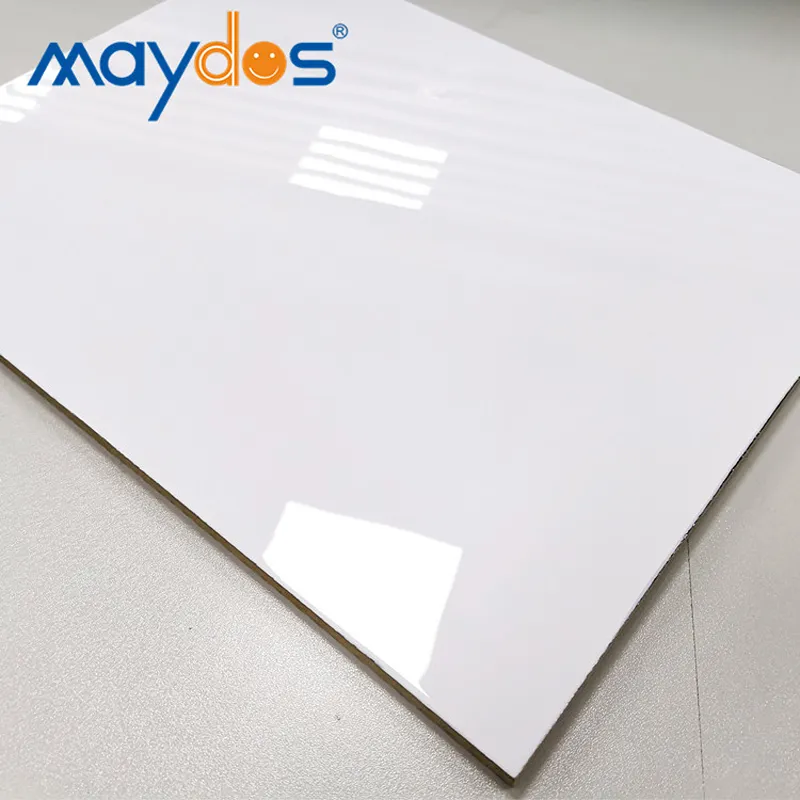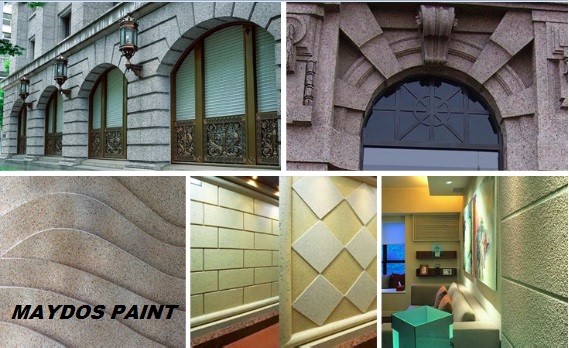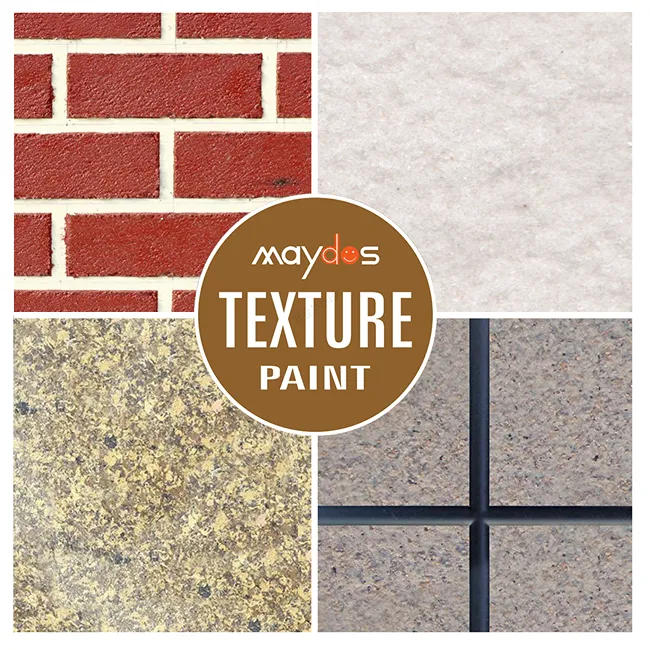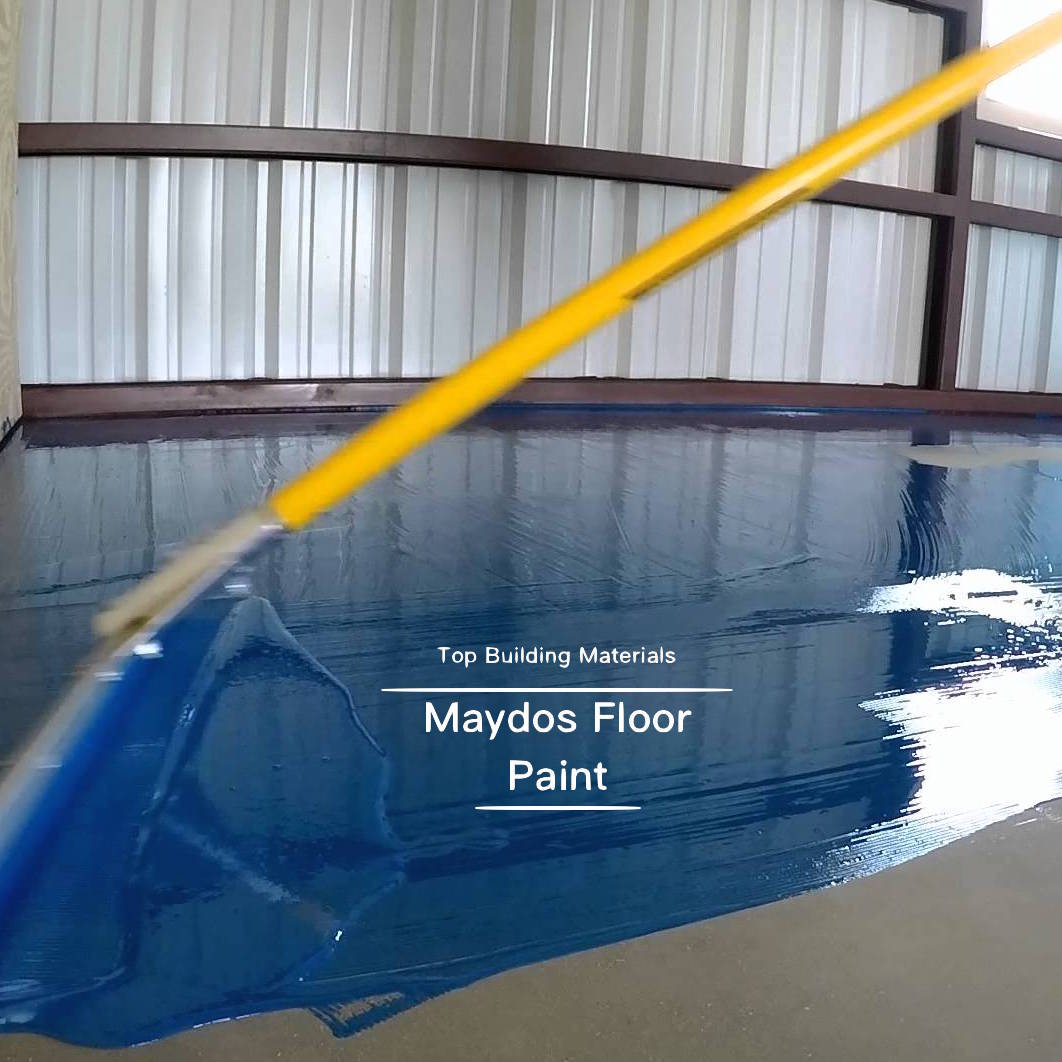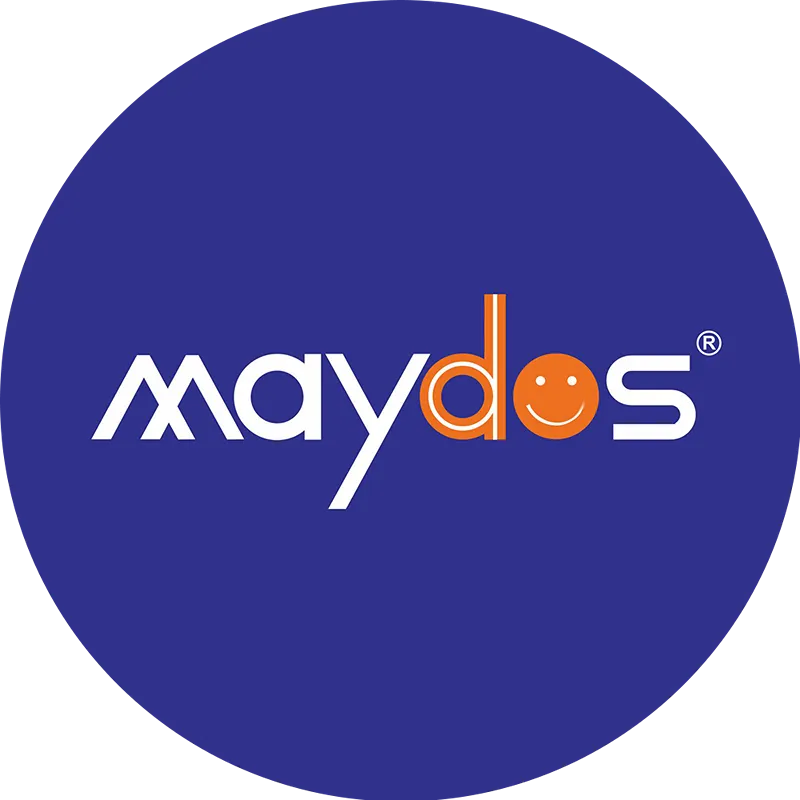Coating Factory
A coating factory is a facility where different kinds of coatings are applied to products to make them more durable. These coatings are typically used on metal parts and various types of plastics.
One of the most common types of coatings is powder coating. This type of coating is extremely durable and abrasion resistant, and it is often used in the automotive industry.
Powder Coating
Powder coating is a type of metal finishing process that applies electrostatically charged particles to various metal products and then bakes them on to create a finish that is durable and protective as well as decorative. It is one of the fastest growing finishing technologies in North America as it does not depend on an evaporating solvent to “cure” and contains zero VOC’s (volatile organic compounds).
The process involves a series of steps that include pretreatment, which prepares the surface of the part for coating. First, the part undergoes an alkaline cleaner that removes organic liquid and dust contaminants from the surface. It then receives dual rinses to remove any residue from the cleaner. Then the part receives an iron phosphate application to improve its adhesion and corrosion resistance. The final step is a chrome-free zirconium sealer that seals the surface, preparing it for the next step in the coating process.
During the pretreatment process, it is important to make sure the part is free of any debris that may interfere with the coating process or cause surface damage when the powder is applied. In addition, it is a good idea to use pretreatment solutions that are specifically designed for powder coating.
Many of the latest equipment and processing techniques have increased productivity in the powder coating industry. These processes include in-mold powder coating, which uses the same powder material for a variety of plastic parts as well as lower-temperature curing products that accommodate heat-sensitive substrates.
This technology has also been used to produce a variety of functional powder applications, including gas and oil transmission pipe, valves, potable water applications and springs. It is also used to coat rebar used in bridges, buildings and retaining walls.
In addition, there is a wide range of powder coating colors available. These colors are formulated to withstand abrasions, scratches and corrosion while also offering a smooth, high-quality finish.
The color of a powder coating depends on the formulation, which includes pigments, additives and resins. These materials are mixed in a specific way to ensure a homogenous mix.
Electrostatic Spray Coating
Electrostatic spray painting is an advanced method of applying paint to metal surfaces. It delivers a smooth and protective finish without brush marks, drips or bubbles. This coating method also has higher transfer efficiency than standard spray methods, resulting in reduced overspray and waste.
The process works by inducing an electrical charge to the particles that make up the spray, causing them to adhere to the metal’s oppositely charged surface. This can help reduce corrosion and extend the life of a product.
As a result, this spray coating method is an ideal choice for industrial environments that require the highest level of protection and durability. Unlike powder coating, which requires a special paint booth, this coating is portable and can be applied directly on site.
Coating Factory has a number of electrostatic spray guns on hand, including manual 40, 60 and 85 kV models. All are designed to produce high transfer efficiency when spraying standard, specialty and waterborne coatings.
A manual electrostatic spray gun uses air as a propellant to atomize the coating, which is delivered through a charging zone or field that passes negatively charged ions. The ions cause the coating particles to separate, similar to how two magnets push apart when their negative sides are facing each other.
This separation allows for lower atomization settings, which in turn creates less forward velocity and ultimately superior transfer efficiency with even less waste than an HVLP spray gun.
At Coating Factory, we use a combination of rotary bells and electrostatic HVLP spray guns for best results. The rotary bell can take care of 90% of the coating while the electrostatic gun takes care of the rest, depending on part geometry.
This method can help increase productivity by reducing overspray, which helps to minimize labor costs. Furthermore, it can ensure that all the surfaces are covered by the spraying process, reducing paint usage and creating a smooth, uniform finish. In addition, this technique reduces environmental impact by preventing toxins from being released into the atmosphere.
Spray Booth
Whether you’re coating golf balls or painting wooden furniture, your spray booth needs to be able to handle the unique challenges of your production process. The right spray booth can help you keep your employees safe, eliminate dust and debris, and ensure that you’re applying the paint and coatings correctly.
There are many different types of spray booths to choose from, and each one will have its own features and specifications. Depending on the type of spray booth, you may need to consider things like the size of the spray area, the ventilation system, and more.
In general, spray booths are used in a variety of commercial and industrial paint finishing processes, including electrostatic painting and powder coating. These processes require a clean, airtight environment that can contain and remove any chemicals, vapors, or mists produced during the process.
Spray booths can be either pressurized or non-pressurized, but both have to have an airflow control that allows the filtered air to flow freely and evenly throughout the spray area. The pressure inside the spray booth affects how the paint or coating is applied, and a control panel can control that pressure.
Coating booths are used to coat a wide variety of materials, including metals, plastics, glass, and ceramics. They typically contain a spray gun or applicator that can direct atomized paints, adhesives, liquids, or powders into the workpiece.
They may also have a spray-up feature, which is a device that provides color change during the painting process. Using this technology can help you create the perfect color match for your products.
The spray-up feature can be integrated with the paint spray booth, or it can be used as a stand-alone machine. The spray-up feature may also be integrated with the air filtration, composite, or color change features of your spray booth.
Some spray booths are portable, which means they can move from place to place within a building. These can be particularly helpful if you need to paint small parts or pieces of vehicles in a large facility.
The spray booth should be equipped with an independent exhaust duct system that discharges to the exterior of the building. It should also be able to detect overspray and use an extinguishing system to automatically shut down the spraying operations in the event of an accident.
PVD Coating
PVD Coating is a type of coating that is applied to a variety of materials. This coating can provide a range of benefits, including durability, wear resistance, and aesthetic appeal.
PVD is a vacuum-based coating technique that uses high-energy ions to vaporize solid materials and deposit them on substrates. It is a common choice for manufacturing products that need to be hard, strong, and durable, as well as resistant to rust and corrosion.
It is used in a wide range of applications, from automotive to aerospace and medical to defense. It is also known for its ability to produce thin, uniform layers of materials.
There are a variety of techniques that can be used to create PVD coatings, including electron beam evaporation and sputtering. These processes can be used to create a variety of different coatings and are ideal for applications that require a high degree of accuracy.
These processes are often used to produce a variety of metals and alloys, as well as ceramics and glass. They can be used to create a wide range of colors, and are a great choice for products that need to be hard and have good corrosion and abrasion resistance.
Some popular metals that can be coated with PVD include titanium, zirconium, aluminum, and stainless steel. These materials are often used in the manufacture of automotive parts, as they are lightweight and have low friction coefficients.
Another benefit of these materials is that they can be colored, and this can help with aesthetic appeal. The color of the coating can affect how light reflects off the material and how it is perceived by the human eye.
The coating can be made to match the color of the substrate, as well as to create custom colors. The color of the coating can also be altered through post-processing treatments, such as heat treatment or chemical treatment.
The process of applying a PVD coating is highly controlled, so it is able to produce the exact properties needed for the product. It is also a great choice for materials that are sensitive to temperature and require a specific degree of uniformity.








